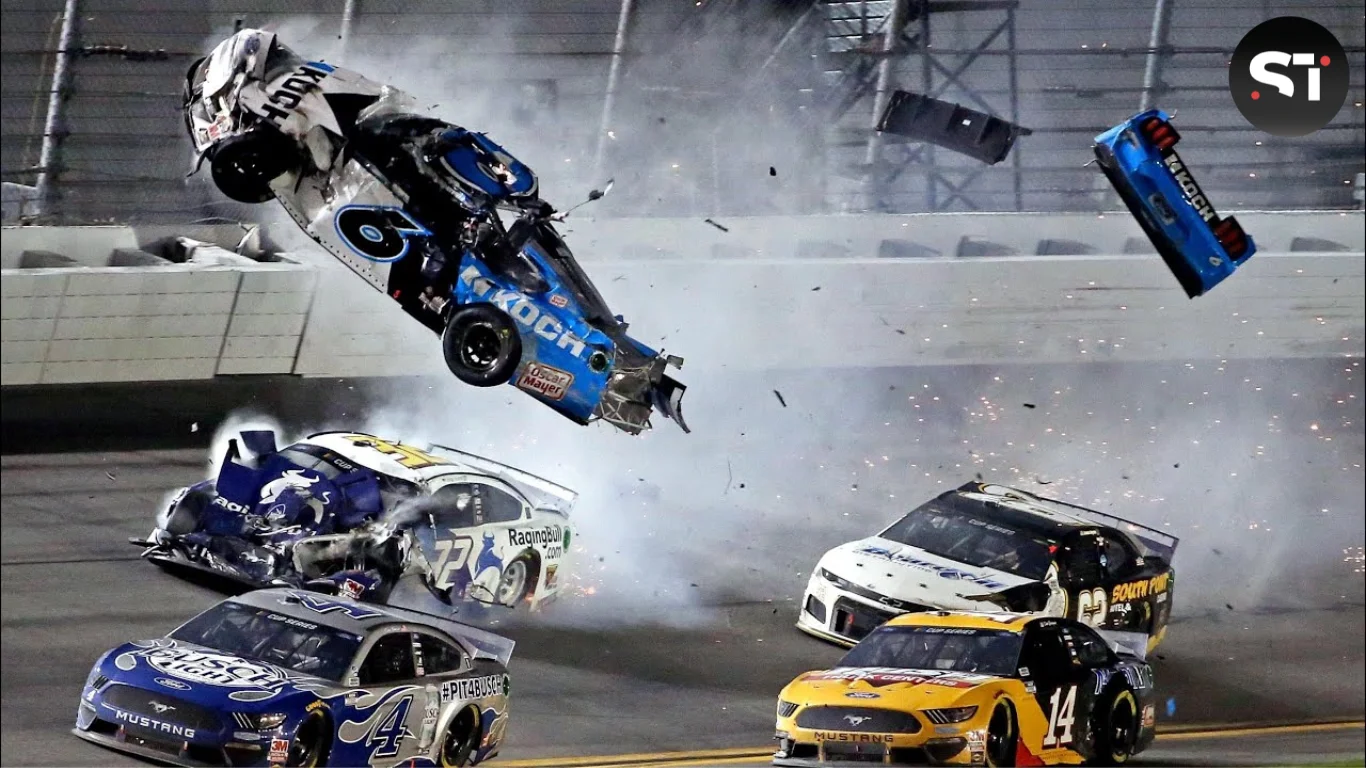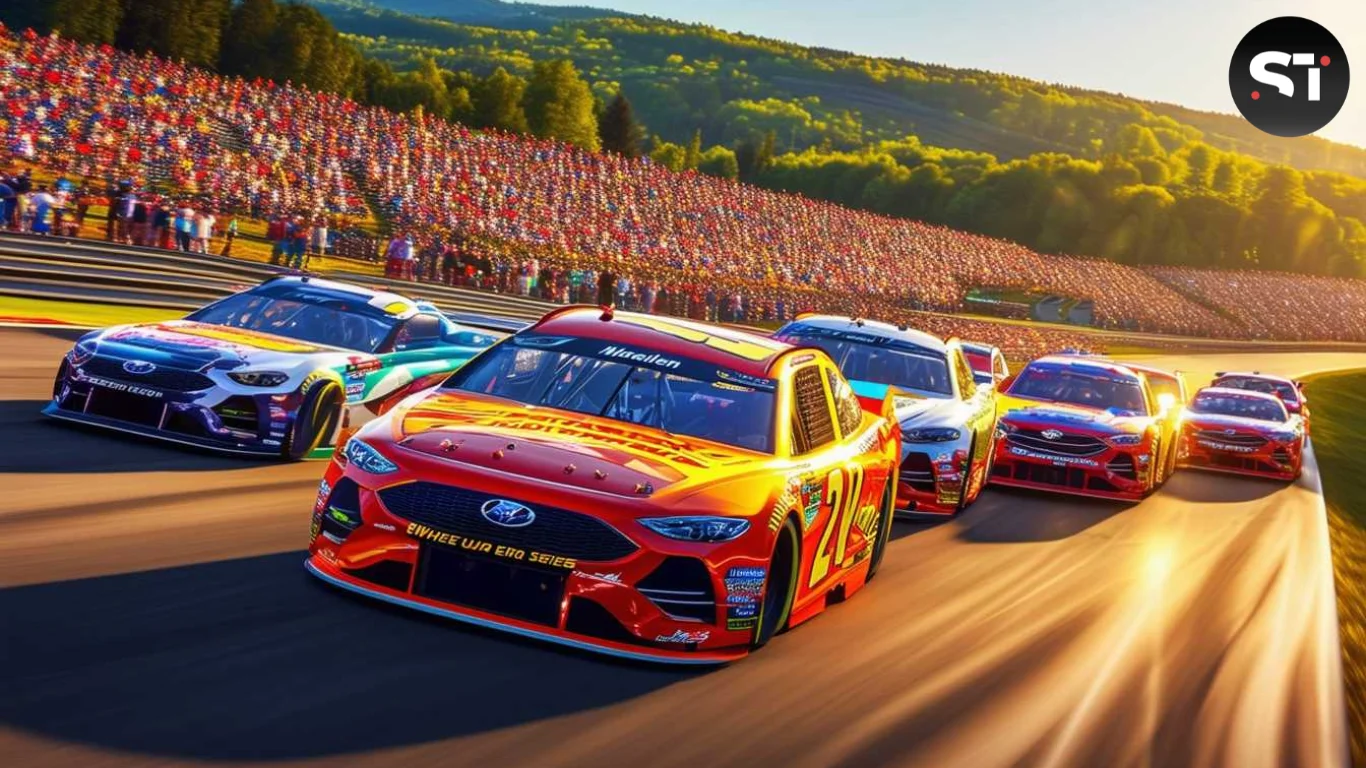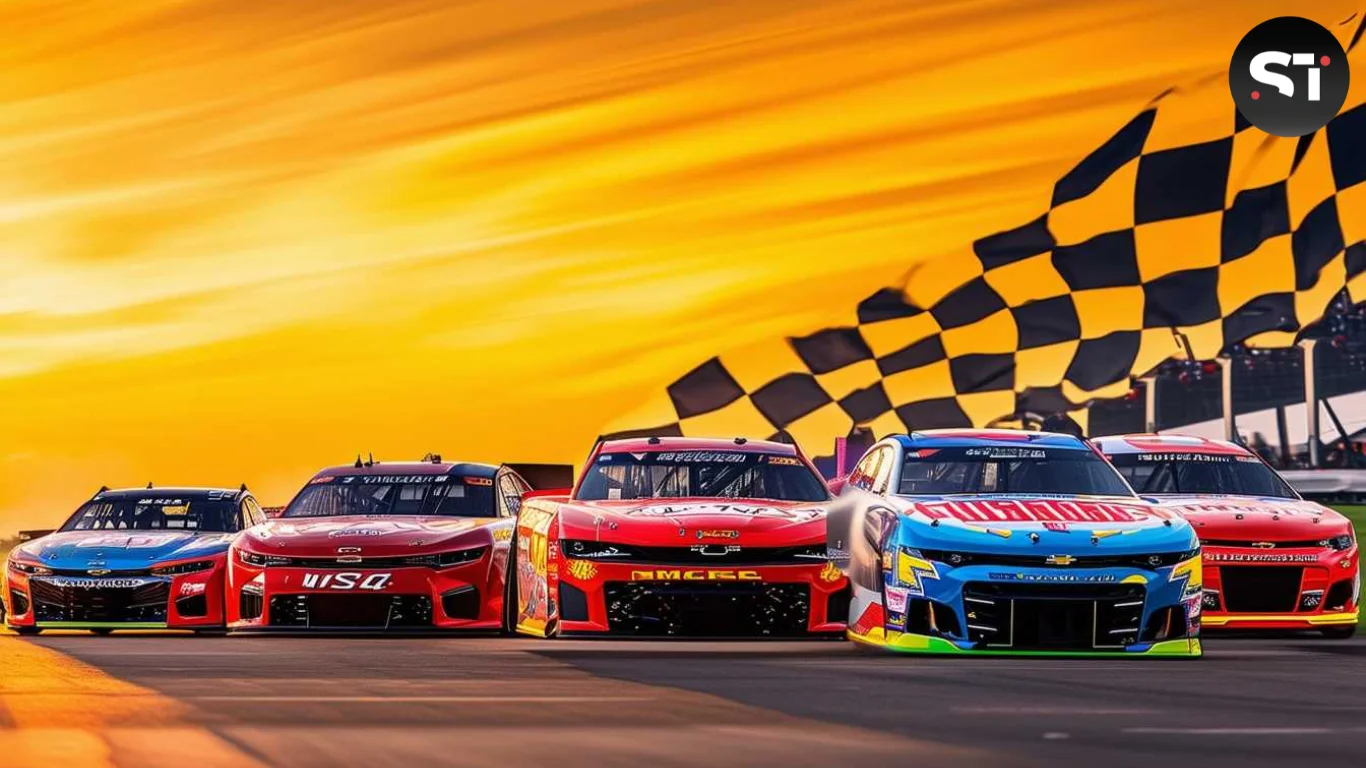From the early days of minimal oversight to today’s high-tech safeguards, NASCAR safety regulations have continually advanced, ensuring that drivers and teams can race with confidence and security.
NASCAR racing is a high-octane spectacle where roaring engines and blistering speeds deliver an adrenaline rush like no other. But behind the thrill of the chase lies an ever-evolving commitment to safety, a saga of innovation and resilience that has transformed the sport over the decades.
The Wild Beginnings: Racing on the Edge
In the nascent days of NASCAR, founded in 1948, safety was more of an afterthought than a priority. Drivers often raced in modified stock cars with little more than a roll of the dice protecting them from the perils of high-speed crashes.
Helmets were rudimentary, seat belts were optional, and safety barriers were scarce. The emphasis was on speed and spectacle, with NASCAR safety regulations being virtually non-existent. It was an era where bravery often trumped caution, and the results were as dangerous as they were thrilling.
The 1960s and 1970s: Laying the Groundwork
As the sport grew, so did the awareness of the need for better safety. The 1960s and 1970s saw the tragic deaths of drivers like Fireball Roberts and Tiny Lund, which catalyzed the first significant steps toward comprehensive NASCAR safety regulations.
Fire-retardant suits became mandatory, helmets improved, and roll cages were introduced, marking a turning point in the sport’s approach to safety. These measures were crucial in enhancing driver protection and set the stage for future advancements.
The 1980s: Barrier Innovations
The 1980s ushered in a new era of safety with the introduction of innovative barrier technologies. The development of the steel and foam energy reduction (SAFER) barriers revolutionized NASCAR safety regulations, providing a critical buffer that absorbed and dissipated the energy from high-speed impacts.

This period also saw the standardization of seat belts and harnesses, ensuring that drivers were securely fastened during races. These advancements significantly reduced the severity of injuries, making the sport safer for all participants.
The 1990s: Tragedy Sparks Transformation
The 1990s were a transformative decade for NASCAR, marked by both tragedy and progress. The deaths of Neil Bonnett and Rodney Orr, among others, underscored the need for further safety enhancements.

However, it was the death of Dale Earnhardt Sr. in 2001 that truly galvanized change. Earnhardt’s fatal accident led to the mandatory adoption of the HANS (Head and Neck Support) device, a crucial innovation that has since saved countless lives by preventing fatal head and neck injuries.
In response to these tragedies, NASCAR mandated energy-absorbing seats, better cockpit padding, and numerous other safety measures. These changes not only honored the memory of those lost but also paved the way for a safer future in racing.
The 2000s: Enter the Car of Tomorrow
The 2000s saw the introduction of the “Car of Tomorrow” (CoT), a revolutionary step in NASCAR safety regulations.

Unveiled in 2007, the CoT featured a reinforced roll cage, a higher and wider driver’s seat, and energy-absorbing foam around the driver’s compartment. These enhancements provided unprecedented levels of protection, significantly reducing the risk of injury in high-speed crashes.
Safety on pit road also saw improvements with new regulations for speed limits and mandatory helmets for pit crew members, protecting the teams that work tirelessly behind the scenes. The widespread implementation of SAFER barriers across more tracks further exemplified NASCAR’s commitment to driver safety.
The 2010s: Data-Driven Safety Enhancements
The 2010s brought a data-driven approach to NASCAR safety regulations. Crash data recorders (black boxes) were installed in cars, providing invaluable insights into crash dynamics and helping engineers develop better safety solutions.
This era also saw improvements in medical response protocols, with the introduction of a traveling safety team ensuring specialized care at every event. Efforts to reduce concussion risks led to advancements in helmet design and headrests.
Alongside rigorous protocols for concussion assessment and management. These measures ensured that drivers received appropriate care and were only allowed to return to racing once fully recovered, prioritizing their long-term health and safety.
The Present and Future: Continuous Innovation
Today, NASCAR safety regulations are at the forefront of motorsport safety. The Gen-6 and Gen-7 cars incorporate cutting-edge materials and design features that enhance driver protection.
Innovations like roof flaps and hood flaps prevent cars from becoming airborne, while advanced fire suppression systems ensure rapid response in the event of a fire.

NASCAR’s ongoing commitment to safety extends beyond the racetrack, with continuous collaboration with medical researchers, engineers, and other stakeholders to refine and enhance safety standards.
The NASCAR Research and Development Center plays a pivotal role in this process, testing new technologies and developing future safety innovations.
Suggested Read: Pit Crews: Unsung Heroes of NASCAR
Final Thoughts
The evolution of NASCAR safety regulations is a testament to the sport’s dedication to protecting its drivers, teams, and fans. As NASCAR continues to push the boundaries of speed and excitement, its unwavering commitment to safety ensures that fans can enjoy the thrill of racing with confidence.
In the high-speed world of NASCAR, where every second counts and every race is a battle for supremacy, the evolution of NASCAR Safety Regulations stands as a powerful reminder that the safety of its heroes will always be the ultimate priority.








[…] Suggested Read: Speed & Safety: Evolution of NASCAR Safety Regulations […]
[…] Suggested Read: Speed & Safety: Evolution of NASCAR Safety Regulations […]
[…] Suggested Read: Speed & Safety: Evolution of NASCAR Safety Regulations […]